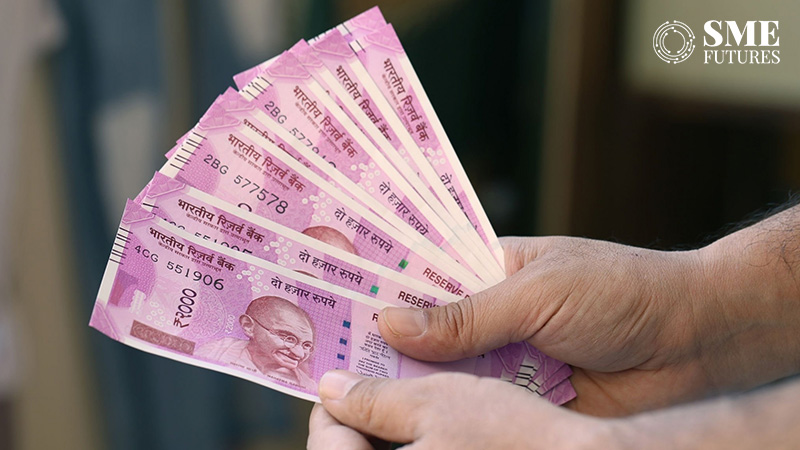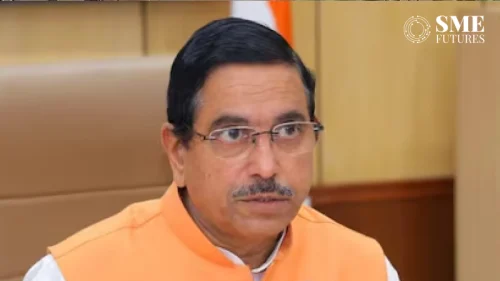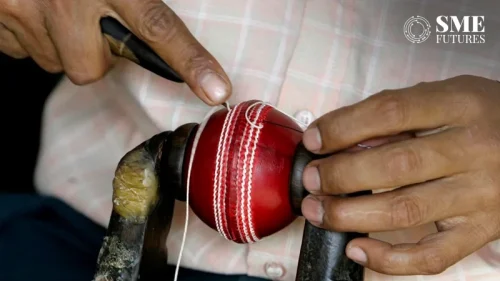As expected, the Reserve Bank on Friday announced withdrawal of Rs 2,000 currency notes from circulation. The top bank gave public time till September 30 to either deposit such notes in accounts or exchange them at banks.
In a statement, the Reserve Bank of India (RBI) said it has asked banks to stop issuing Rs 2,000 notes with immediate effect.
“In order to ensure operational convenience and to avoid disruption of regular activities of bank branches, exchange of Rs 2,000 banknotes into banknotes of other denominations can be made upto a limit of Rs 20,000 at a time at any bank starting from May 23, 2023,” read the RBI notification.
Vimal Nadar, Head of Research at Colliers India commenting on the note band said: “The withdrawal of Rs 2,000 notes is an expected and timely move towards prudent currency management within the realm of maintaining banking and financial discipline. Such measures further reduce/eliminate the probable cash component in high-value real estate transactions. In the last few years, RERA and demonetisation have brought in significant levels of transparency in real estate, mainly contributing to fair market price determination.”
Also Read: India’s crypto moment: Host nation will command attention at G20 Summit
Karthik Srinivasan, senior vice-president, group head, financial sector ratings, ICRA, said, “As witnessed during demonetisation, we expect the deposit accretion of banks could improve marginally in near term. This will ease the the pressure on deposit rates hikes and could also result in moderation in short-term interest rates.”
5 important things to know about note withdrawal
1 The Rs 2,000 note was issued in November 2016, following the demonetisation of the Rs 500 and Rs 1,000 notes by the government. Following the abrupt demonetisation, the Rs 2,000 tender was released to address the Indian economy’s financial requirements.
2 With immediate effect, RBI has ordered banks to stop issuing Rs 2,000 notes to public. However, the bank notes in Rs 2,000 denomination will continue to be a legal tender. Answering the why the withdrawal, central bank stated that the step is in pursuance of the “Clean Note Policy” of the Reserve Bank of India.
3 Starting May 23, 2023, exchanges of Rs 2,000 bank notes into bank notes of other denominations can be made up to a ceiling of Rs 20,000 at a time at any bank to ensure operational ease and avoid disruption of regular activities of bank branches.
4 To complete the exercise in a time-bound manner and to provide adequate time to the members of public, all banks shall provide deposit and/or exchange facility for Rs 2000 banknotes until September 30, 2023. Deposit into bank accounts can be made in the usual manner, that is, without restrictions and subject to extant instructions and other applicable statutory provisions, said the RBI.
5 According to a senior official of Financial Software and Systems (FSS), the RBIs plan to gradually eliminate the Rs 2,000 denomination banknotes will not pose a difficulty for ATMs because they have not been dispensing those notes for a long time. However, the RBI’s decision is a blessing in disguise for banks and ATM operators, as the number of transactions would increase, which will benefit them.
The RBI has asked the banks and others to reconfigure the ATMs/Cash Recyclers. According to FSS, there are about 2.5 lakh ATMs in India, adding that the need for high value Rs 2,000 notes is not there now as the lower denomination notes are available in adequate numbers.
The one impact of the RBI decision is that the number of transactions may go up in the ATMs as the high value currency will go out of circulation and when it exceeds the number of free transactions, the banks charge a fee for additional withdrawals.











